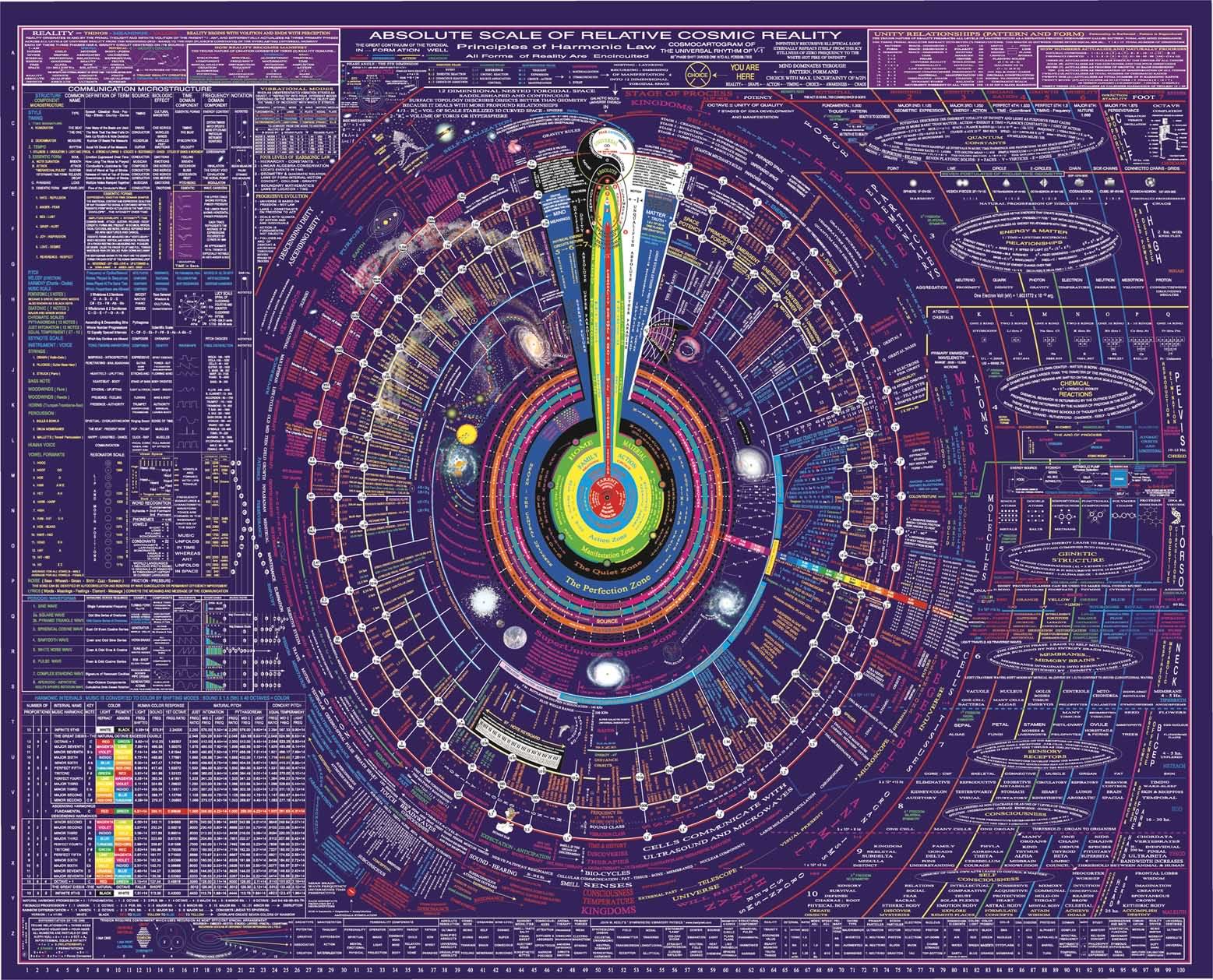The Gospel Of Truth – Nag Hammadi Library Gnostic Scripture
VIncent Bridges – The History of Alchemy
Bernardo Kastrup – Simulation – Allen Saakyan – Metaphysical Idealism
ROBERT SEPEHR – Ancient Giants, Rituals, and Elite of Jekyll Island
Don Estes – Director of InnerSense and Psiometric Science



